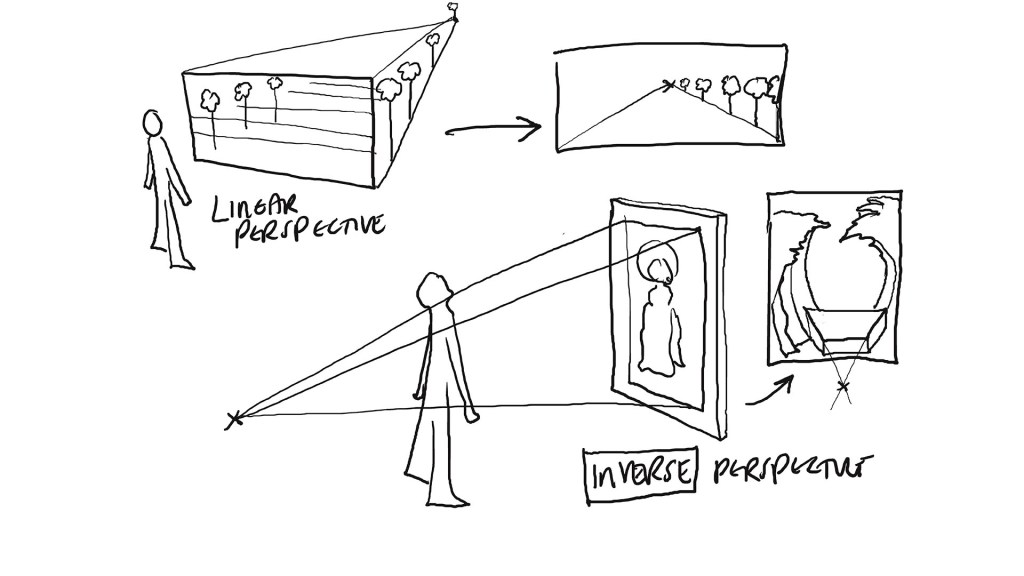I wonder why there is no punctuation to the title? Maybe, the reason is that it would be a toss-up between an exclamation mark and a question mark. There would always be debate. Dr Who? Dr Who! Dr Who
In the early 1960s, the exclamation mark was slightly over-used. Think Oliver! Blitz! and Twang! (Maybe, just over-used by Lionel Bart)
The premise of the lengthy Who series is that it is possible to move through time. This may not be scientific reality at the moment, but it is a great plot device and can be traced back certainly to 1895 and to HG Wells’ Time Machine. The book deals with something that was resurrected almost exactly in the 1980’s with “Back to the Future”. There is even a simplification of the idea of 4 dimensions. The 4th dimension is defined in both pieces as “Time” -a bit of a simplification mathematically and scientifically, but it makes for a great device.
This is what HG Wells had to say,
Filby became pensive. “Clearly,” the Time Traveller proceeded, “any real body must have extension in four directions: it must have Length, Breadth, Thickness, and—Duration.”
and this is the same scene in “Back to the Future”, There are two great “aha!” moments. The first is when Marty is told to accelerate to 88 mph in the delorean towards a billboard that will not be in the way in 1885 and the second is when Doc uses a railroad track with an unfinished bridge that will be quite safe in 1985.
I do not think Dr Who or The Time Machine was primarily devised to be about Time Travel. Time Travel was a way to get characters from one environment to another, a contrast of societies. Time Travel was more integral to the plot of “Back to the Future”, though, with all the stuff about two versions of teh same person in the same space at the same time.
In Dr Who, however, the Doctor travels in a machine that specifically recognises the link between time and space, the TARDIS. The TARDIS is an updated Wellsian plot device and an updated time-machine. Its spacial confusion is a nice nod to the hypercube of course.
Physics works on the assumption that there are 10 dimensions (this is necessary for understanding string theory). Maybe more. Certainly more, in theory. In fact, Edwin A Abbot anticipated Wells by about ten years when he wrote “Flatland: A Romance of Many Dimensions,” where he describes the life of a square in a two-dimensional world. Later, the sphere and the square have problems interacting. Einstein talks about the 4th dimension as space-time.
The twighlight zone, or rather Rod Serling talked about a 5th dimension “beyond that which is known to man”. It seems a world of improbability but when we move to a higher dimension, we can look down on the jumbled mass squashed into 2d or 3d and untangle it a bit. It is like moving from the basic grid to a node view, or from moving away from a 2d graph to a 3d mockup.
In fact, art has been playing around with this concept for years. We understand the nature of linear perspective popularised in the renaissance but probably going back to, at least, the Roman empire of 70 AD Pompeii. However, the concept of inverted perspective that is central to the theology of the icon is probably much more interesting and can be traced back, I think, to as early as attempts in Pharoahic egypt, that is 20th century BC. We could call it art in bidimensionality, though arguably what happens in the Byzantine art of the 7th/8th century AD onwards is unique. It is a celebration of apparent disproportionality where objects and characters appear in a hierarchy of importance to, rather than of spacial integration in, a given scene.

As in Mediaeval art, there is a tendency towards the vertical line, symbolic of ascent to paradise. We see this beautifully also in the work of Ervind Earle who designed Sleeping Beauty for Disney in the late 1950s and who, in turn, said he drew on Albrecht Dürer, Pieter Bruegel, Nicolaas van Eyck, Sandro Botticelli, as well as Persian art and Japanese prints. But he certainly also drew on the Byzantine form. Earle left Disney before Sleeping Beauty premiered but it is his film and his vision on the screen.



Inverse perspective together with the two-dimensional axonometric representations it encourages is sometimes decried and often misunderstood. What it does, though, is to place the viewer within the concept of the picture. If the vanishing point is shifted from some way BEHIND the image (let’s say 3feet), and, instead, is the same distance IN FRONT of the picture, then the viewer must be contained in that image.

We have approached religious art as if we were a mathematician looking back from a 4th or 5th dimension at the limited reality constucted here. That is truly a sense of participating in a God-like view. I think it is probably one of the most brilliant inventions of modern art. It is, of course, a re-thinking of this tool that gives us cubism (that, for another day!). One day, I will demonstrate all this with some well-honed animation though I remember my efforts to do the same for the hypercube when I gave a talk to the physics’ department of my university about the physics of animation. (I was a bit shocked that so many of the students had no idea what I was talking about- whoops)
